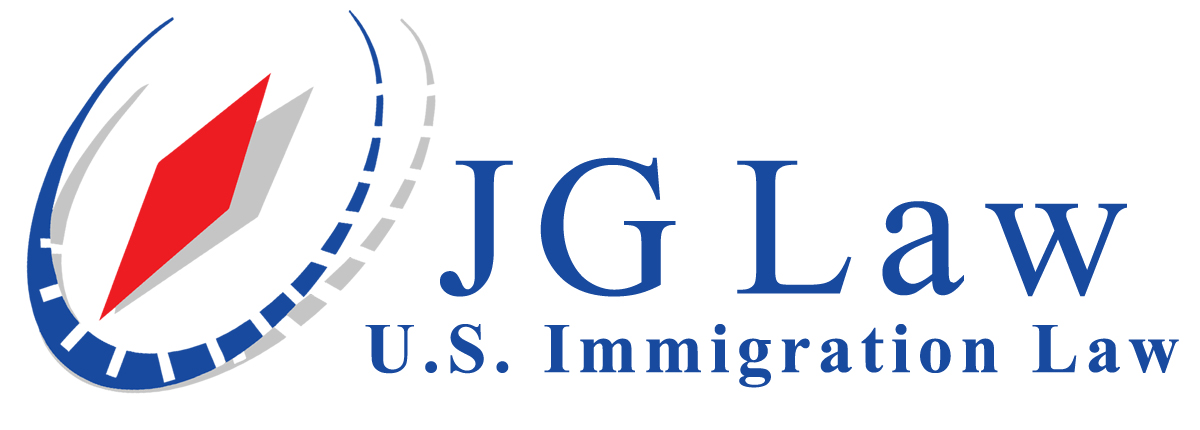THE EB-5 PROGRAM: PERMANENT RESIDENCE THROUGH INVESTMENT
USCIS administers the EB-5 Program. Under this program, investors (and their spouses and unmarried children under 21) are eligible to apply for lawful permanent residence (become a Green Card holder) if they:
- Make the necessary investment in a commercial enterprise in the United States; and
- Plan to create or preserve 10 permanent full-time jobs for qualified U.S. workers.
Congress created the EB-5 Program to stimulate the U.S. economy through job creation and capital investment by foreign investors. In 1992, Congress created the Immigrant Investor Program, also known as the Regional Center Program, which sets aside EB-5 visas for participants who invest in commercial enterprises associated with regional centers approved by USCIS based on proposals for promoting economic growth.
An EB-5 investor must invest the required amount of capital in a new commercial enterprise that will create full-time positions for at least 10 qualifying employees.
- For a new commercial enterprise not located within a regional center, the new commercial enterprise must directly create the full-time positions to be counted. This means that the new commercial enterprise (or its wholly owned subsidiaries) must itself be the employer of the qualifying employees.
- For a new commercial enterprise located within a regional center, the new commercial enterprise can directly or indirectly create the full-time positions. Up to 90% of the job creation requirement for regional center investors may be met using indirect jobs.
- Direct jobs establish an employer-employee relationship between the new commercial enterprise and the persons it employs.
- Indirect jobs are held outside of the new commercial enterprise but are created as a result of the new commercial enterprise.
- In the case of a troubled business, the EB-5 investor may rely on job maintenance.
- The investor must show that the number of existing employees is, or will be, no less than the pre-investment level for a period of at least two years.
A troubled business is one that has been in existence for at least two years and has incurred a net loss during the 12- or 24-month period before the priority date on the immigrant investor’s Form I-526. The loss for this period must be at least 20% of the troubled business’ net worth before the loss. When determining whether the troubled business has been in existence for two years, USCIS will consider successors in interest to the troubled business when evaluating whether they have been in existence for the same period of time as the business they succeeded.
A qualifying employee is a U.S. citizen, lawful permanent resident, or other immigrant authorized to work in the United States, including a conditional resident, temporary resident, asylee, refugee, or a person residing in the United States under suspension of deportation. This definition does not include immigrant investors; their spouses, sons, or daughters; or any noncitizen in any nonimmigrant status (such as an H-1B nonimmigrant) or who is not authorized to work in the United States.
Full-time employment means employment in a position that requires a minimum of 35 working hours per week. In the case of the regional center program, full-time employment also means employment in a position that has been created indirectly that requires a minimum of 35 working hours per week.
A job-sharing arrangement where two or more qualifying employees share a full-time position will count as full-time employment provided the hourly requirement per week is met.
